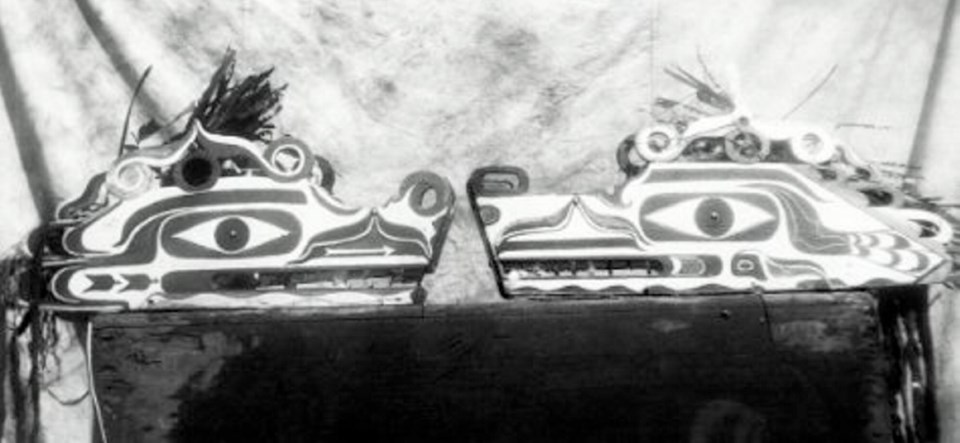One size does not fit all when it comes to First Nations traditions on the B.C. coast, and any changes to the Heritage Conservation Act must take into account complicated cultural differences, says renowned artist and carver Tony Hunt.
When it comes to ownership of cultural property, from dances to carvings, hereditary — not elected — chiefs must be consulted, said Hunt, a KwaGulth hereditary chief.
“Government forced elections in our bands, and many of the elected chiefs know very little of our traditions,” said Hunt, whose carvings follow Kwakwaka’wakw lore.
Hunt’s views differ from those of some other First Nations leaders and members of a working group looking at possible changes to the Heritage Conservation Act, the B.C. law that protects heritage property.
Judith Sayers, adjunct law professor at the University of Victoria and former chief of Hupacasath First Nation in Port Alberni, would like to see the act changed to protect collectively owned cultural property.
Her family lost two sacred masks that had been passed down maternal lines for more than a century after a family member sold them in November.
The items were accepted by Seahawk Auctions of Vancouver as the woman appeared to have proof of ownership. But under Nuu-chah-nulth tradition, important cultural items are often owned by a family, though responsibility for taking care of them rests with one person.
Sayers, a member of the province’s working group, wants the law changed to protect other First Nations families, and the province says it is cautiously supportive of a review.
But Hunt, who sees no reason for changes that could further interfere with First Nations traditions, said that dances, songs and artifacts in KwaGulth culture are the property of the hereditary chief.
“They have no business to tell me not to sell something,” Hunt said.
“What Judith Sayers is talking about has zero to do with our system. Everyone can’t have the same laws. That has been the problem all along. There are different customs and different laws.”
Sayers agrees that any changes must be inclusive of all cultures.
“That’s why we need consultation. It will be a long process,” she said.
Sarah Holland, director of the U’mista Cultural Society of Alert Bay, which runs a museum with an extensive potlatch collection, said ownership is not a black-and-white issue, and there is diversity among Kwakwaka’wakw tribes.
“The issue of who owns different ceremonial pieces can be quite contentious and it comes up sometimes for us as a museum, such as when someone wants to donate something to the museum and others don’t want it donated,” Holland said.
Meanwhile, Sayers is continuing to hope that whoever bought the family’s sea serpent masks will come forward.
“There’s bad luck that can happen to the person who bought them. They just don’t know how to deal with things with cultural sensitivity,” she said.
The woman who sold them is in India and cannot be contacted, but family members plan to shun her when she returns, Sayers said.



